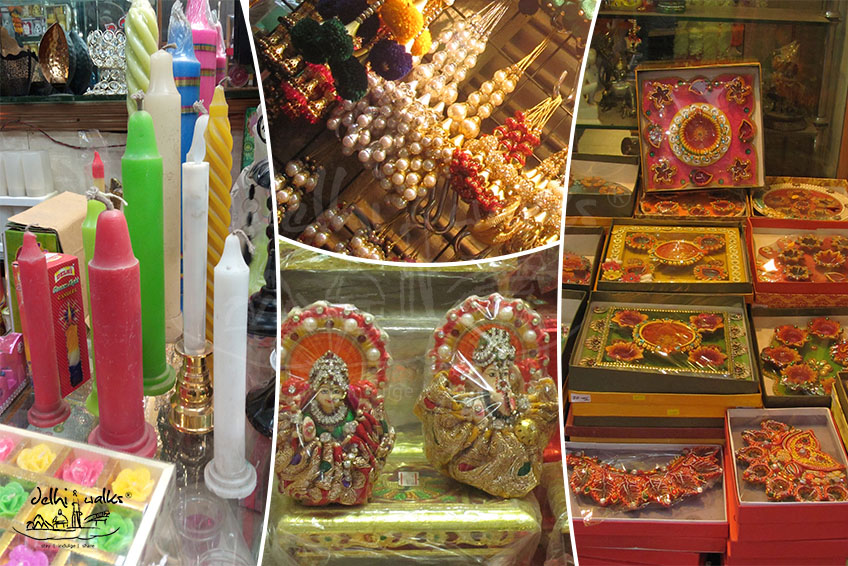A walk around the Haveli’s of Old Delhi
The beauty of the Old Havelis in Chandni Chowk lie in the crumbling state as they are in, today who have stood the test of time. Walking past the Old city of Shahjahanabad, the almost broken and haunted looking havelis have a certain magnet which has the power to attract you towards them. Take out some time, to admire the elaborate arcades, colossal doors, which take you back to a long by-gone era.
SETH RAM LAL KHEMKA HAVELI
Situated in Chhota Bazaar, opposite old St.Stephen’s College building, Seth Ram Lal Khemka Haveli was once a place where wealth and power concentrated. It was built in 1850, the mansion has been a witness to the plunder during sepoy mutiny and the revolt of 1857. The present owners, Baglas, inherited the mansion in around 1905. The mansion is built using two types of brickworks from colonial era and the thinner ones, being the Lakhori bricks.
This 19th century mansion welcomes you with an open-air aourtyar with stairways leading towards the large rooms. The effort of the present family can be seen in keeping the old charm alive of the mansion.
How to get there: Ten minutes walk from Kashmere Gate metro station
RAI LALA CHUNNAMAL KI HAVELI
A textile from the Mughal era, one of the wealthiest people in Delhi, Lala Chunnamal’s haveli was built in 1848. The positioning of the haveli, is interesting as it is situated in the Walled city of Shahjahanabad, the commercial hub of the city, but as you enter the quiet lanes, you forget the hustle and the chaos around you. Although a neglected haveli, it still sparks the erstwhile opulence and an unrestricted entrance welcome you whole heartedly. The mansion consists of 128 rooms which still consists of the chandeliers, antique wall hangings, family pictures on the wall with wooden chimneys. Currently, the 10th generation is staying as well as has the ownership of the mansion
How to get there: Five minutes walk from Chawri Bazaar metro station via Nai Sarak Marg
HAVELI NEHARWALI
A mansion near the canal, as you walk through Daryaganj road, is a mansion which was owned by the forefathers of Pervez Musharraf,the ex-President of Pakistan. The mansion is said to be spread over 24,800 sq.ft the structure is dilapidated even though it was once a seat of muslim culture and traditions.
How to get there: Ten minutes walk from Chawri Bazaar
HAVELI OF BEGUM ZEENAT MAHAL
The traffic at Lal Kuan might let you walk past through the quaint place which was once a haveli of Begum zeenat Mahal, the favourite wife of Bahadur Shah Zafar. Towards the west of Hauz Qazi, the mansion dates back to 1846, when it was ordered by the empress herself. After her death, the Mahal was not taken care by anyone, till it was sold to the Indian Government by the Maharaja of Patiala. It stands in complete disarray and houses the famous school for Muslim girls, which happened with encroachments over the years.
How to get there: Ten minutes walk from Chawri Bazaar metro station via NaiSarakMarg
BEGUM SAMRU KI HAVELI
Bhagirath Palace, one of the biggest markets for electrical, was also a mansion for someone. While we still use the place for our shopping, much less is known about the mansion. The mansion was constructed in 1`8th century for a French mercenary Walter Reinhart. His wife’s name was Begum Samru. Pondering over the architecture you might see that it reflects quite a lot of both, the Greek and Roman architecture, with Corinthian columns.
How to get there: Ten minutes walk from Chandni Chowk metro station









